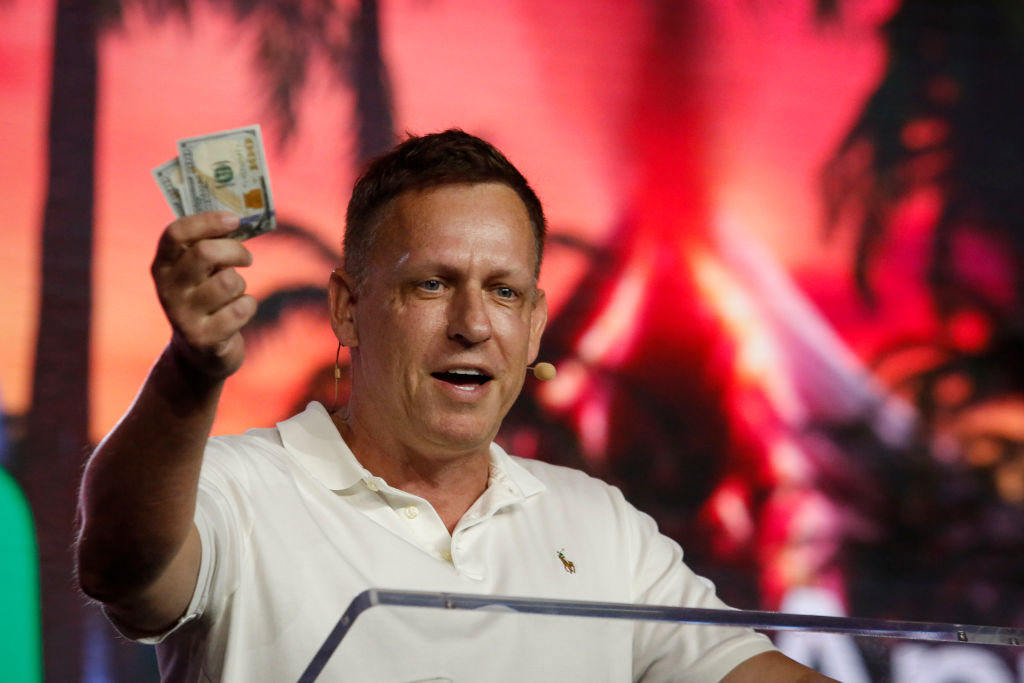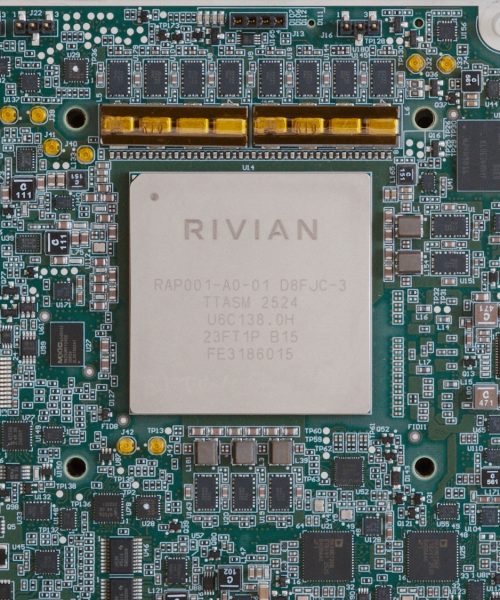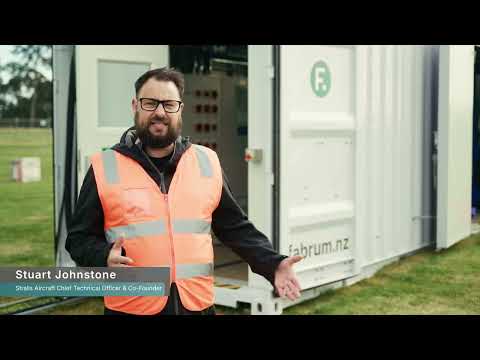A handful of wealthy, politically connected Silicon Valley investors are reportedly eyeing Greenland’s icy shores as the site for a techno-utopian “freedom city.”
That’s according to a report from Reuters, which details a proposed effort to establish a new, libertarian-minded municipality characterized by minimal corporate regulation and a focus on accelerating emerging technologies like AI and mini nuclear reactors. Supporters of increased economic development in Greenland argue its frigid climate could naturally cool massive, energy intensive AI data centers. Large deposits of critical and rare earth minerals buried beneath the island’s ice sheets could also potentially be used to manufacture consumer electronics.
The so-called “start-up city”—which bears similarities to another ongoing venture in California’s Solano County—reportedly already has the backing of PayPal founder Peter Thiel and Ken Howery, President Donald Trump’s pick for Denmark ambassador. If confirmed by the Senate, Howery would lead US discussions to acquire Greenland. In that role, Howery could potentially act as a bridge linking the audacious freedom city investors with the US government.


All of that, it’s worth noting, will also almost certainly face fierce backlash from Danish officials who have repeatedly pushed back on the Trump’s administration’s proposals to take over the Arctic island. Proposals to create billionaire-funded stateless societies around the world have been attempted over the years, but none have evolved past much more than a proof of concept.
Who is behind the freedom city?
The Reuters report cites claims Howery, Thiel, and prominent Silicon Valley venture capitalist Marc Andreesen are amongst the most prominent names backing the Greenland effort. Howery, who still needs the US Senate to confirm his position as ambassador to Denmark, is reportedly a long-time friend of billionaire Elon Musk and formerly founded a venture capital firm with Thiel. Thiel, meanwhile, has emerged as one of the loudest supporters, both vocally and financially, of the “Seasteading” movement, which is trying to build floating, stateless utopia cities in the ocean. Andressen, notably, is also part of a tech-investor consortium California Forever looking to build the city in Solano County. Each of these efforts—along with others like the already existing city Próspera in Honduras—are united by libertarian political ideals, a focus on technological development, and lots of money.
Rumors around the proposed Greenland city date back at least to November 2024 when Praxis co-founder Dryden Brown fired off a series of tweets explaining how he had tried to purchase land in Greenland. Praxis is a self-described “internet-native nation” crypto startup with a stated goal of “restor[ing] Western civilization,” and has reportedly received over $525 million in funding to start building out new cities. Brown told Reuters he has since been approached by several companies to explore establishing a new city on Greenland.
Related: [Silicon Valley’s wealthiest want to build their own city outside of San Francisco]
Why the obsession with Greenland?
The idea of the U.S. acquiring Greenland, once widely regarded as a joke during the first Trump administration, has evolved into a serious U.S. foreign policy objective. The president campaigned on the issue during the 2024 election and has since doubled down, despite repeated assertions from Danish officials that the island isn’t for sale. Nevertheless, Vice President J.D. Vance and his wife, Usha Vance, visited a U.S. military installation on the island in March 2024 and delivered a speech urging Greenlanders to voluntarily cut ties with Denmark. (Recent polling shows that an overwhelming majority of Greenland residents oppose the idea of possible annexation by the U.S.) President Trump, meanwhile, has not ruled out the possibility of taking the territory by force.
So why all the obsession with a mostly uninhabitable island with a population of around 57,000? Supporters of Greenland development laid out their arguments during a Senate Committee on Commerce, Science and Transportation hearing earlier this year. During the hearing, Texas Mineral Resources Board Chairman Anthony Marchese claimed Greenland’s coastline holds what is “indisputably” one of the greatest collections of minerals found in a single jurisdiction. That includes rare earth minerals, which are crucial to powering a plethora of modern consumer electronics devices.
“Throw a dart at any part of the coastline and you will surely hit a world class [mineral] target,” Marchese said during the hearing.
Most of those minerals are currently buried beneath thick sheets of previously impenetrable ice. But supporters of investment in Greenland argue that new mining techniques, combined with the melting of some ice due to a warming climate, could make those once-inaccessible minerals within reach. Others, like US Senator Maria Cantwell (D-WA) say Greenland’s cool temperatures and proximity to geothermal vents could make it an ideal location to power the massive data centers needed for AI. In theory, that combination of cool temperatures and access to energy could be attractive for tech companies looking to rapidly ramp up computing capacity without relying on fossil fuels. Brown, the Praxis founder, also told Reuters he believes Greenland’s harsh topography could make it an ideal site for experiments aimed at replicating the surface of Mars.






